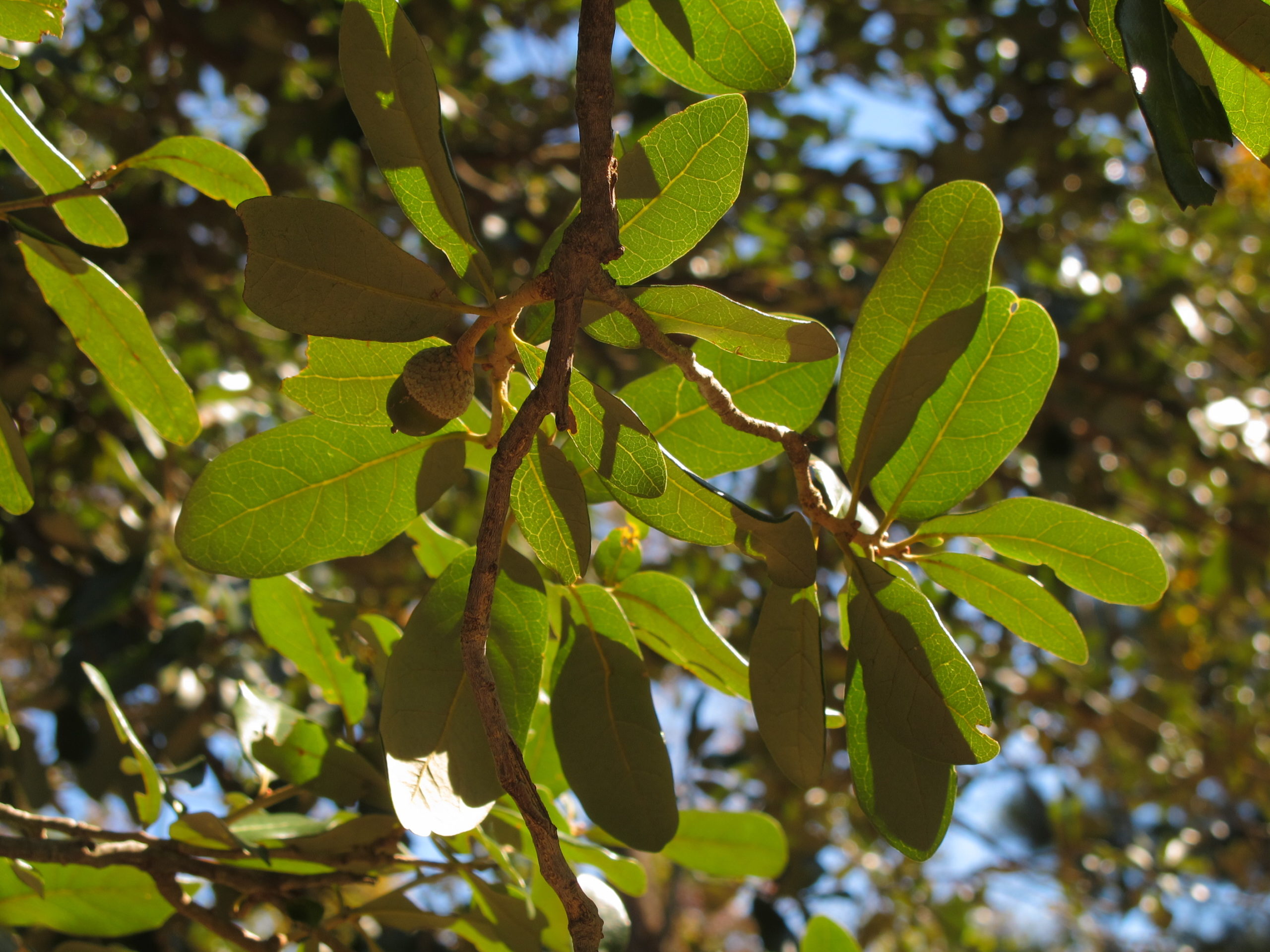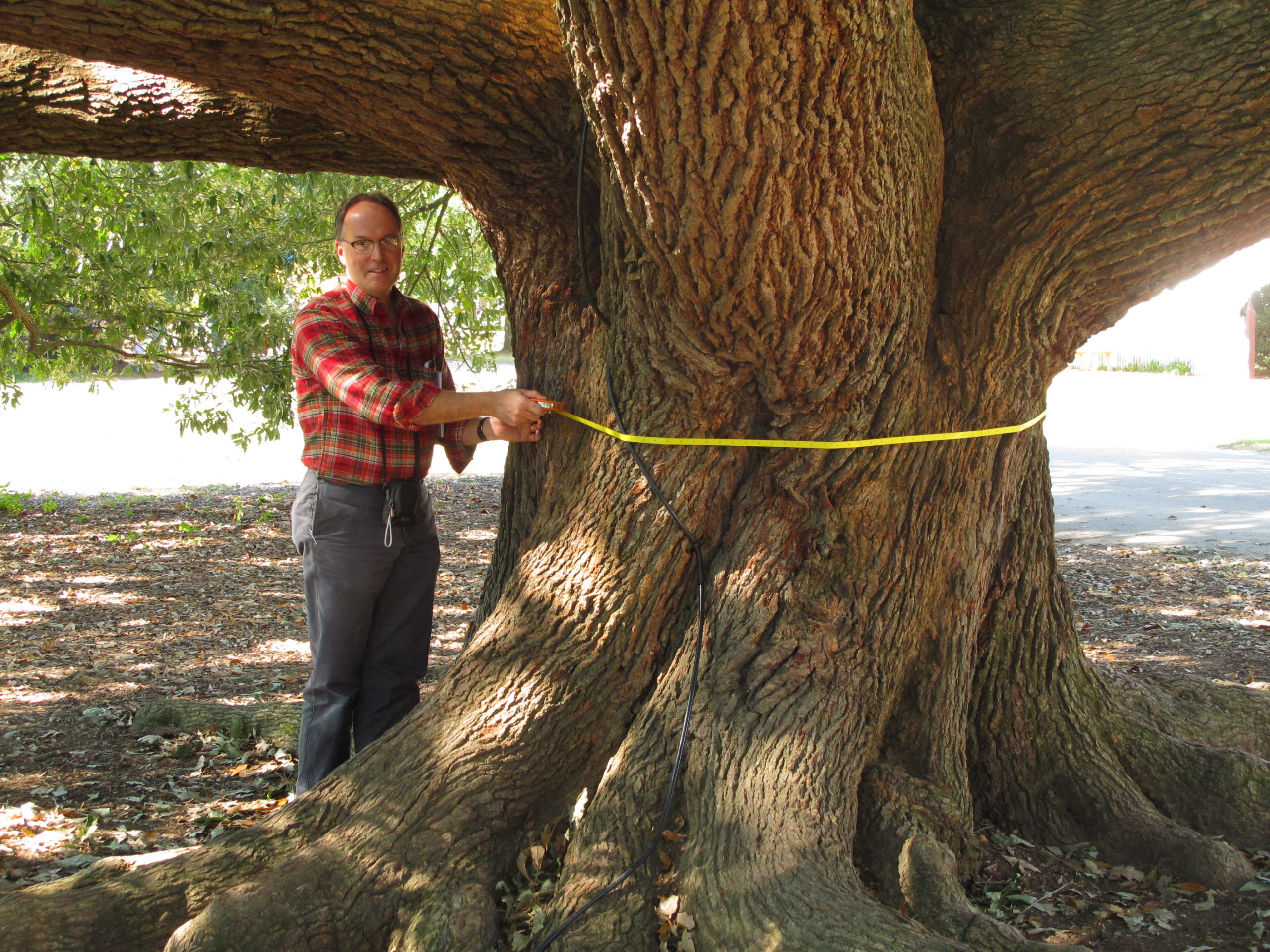Plants collected on this Expedition
| Plant ID | Accession Date | Received As | Origin | Source |
|---|---|---|---|---|
Expedition Stats
Virginia
- Event Type
- Expedition
- Collection Type
- Germplasm, Herbarium Specimens
- Arnold Arboretum Participants
- Michael Dosmann
- Other Participants
- Anthony Aiello1
- Other Institution(s)
- 1Morris Arboretum of the University of Pennsylvania

On a short expedition from October 20–24 2012, Arnold Arboretum Keeper of the Living Collections Michael Dosmann, ventured to Virginia with Anthony Aiello (Morris Arboretum of the University of Pennsylvania) in pursuit of the southern live oak (Quercus virginiana). Although the Arboretum has cultivated other species from this region before, it had never attempted to grow this particular tree.
Its absence from the living collections is because the southern live oak is native to climates much different from that of New England, suggesting that it would not be hardy here. Yet, there are numerous examples of trees able to withstand the rigor of New England’s winters, despite their more southern origins. The key for their success often lies in selecting the right populations, typically the northern-most. Specifically, Aiello and Dosmann’s inspiration for obtaining the hardy southern live oak came from Arboretum founding director Charles Sprague Sargent’s finding that the cedar-of-Lebanon had proved perfectly hardy for Boston, when gathered from the severer climate in the mountains of Turkey.





During this trip, the two collected along the southeastern edge of Virginia, stopping in Richmond, Williamsburg, Norfolk, Hampton, and Virginia Beach, including the campuses of the University of Richmond, the College of William and Mary, and trips to Fort Monroe and First Landing State Park. These represented a combination of wild and cultivated trees, all of which had withstood occasionally severe winters over the past century.
They collected acorns as well as herbarium vouchers from cut twigs, and across all areas they came upon an incredible variety of southern live oaks. Most notably, when visiting Fort Monroe near Hampton, they encountered the Algernourne Oak, a tree speculated to be over 450 years old, with a 90-inch diameter, a 100 foot spread, and a height of 60 feet. And while in Williamsburg, with help from Beth Chambers (curator of the herbarium at the College of William and Mary), Aiello and Dosmann happened upon and collected from a very large Compton oak (Quercus × comptoniae), a hybrid between Q.virginiana and Q. lyrata (overcup oak).
In addition to their Quercus virginiana collections, Aiello and Dosmann also collected devilwood (Osmanthus americanus) and swamp bay (Persea palustris) at First Landing State Park on Cape Henry (between Norfolk and Virginia Beach). These two species are also temperamental when grown in colder regions, but this more northern-source may yield some cold-hardy types.





Back in Boston
Overall, the short expedition was a success. Aiello and Dosmann left Virginia with twelve separate Q. virginiana collections, plus one each of the Persea, Osmanthus, and Q. × comptoniae. In 2016, the first oaks were planted out into the living collections at both of the arboreta, in both protected micro-climates as well as more exposed sites. With luck, some of these will prove to be hardy in their new homes. As of 2021, of the 88 live oak accessions propagated from seeds collected on this expedition, 19 remain alive on the grounds.
Dig Deeper
Read Michael Dosmann’s account of the expedition in Arnoldia.

